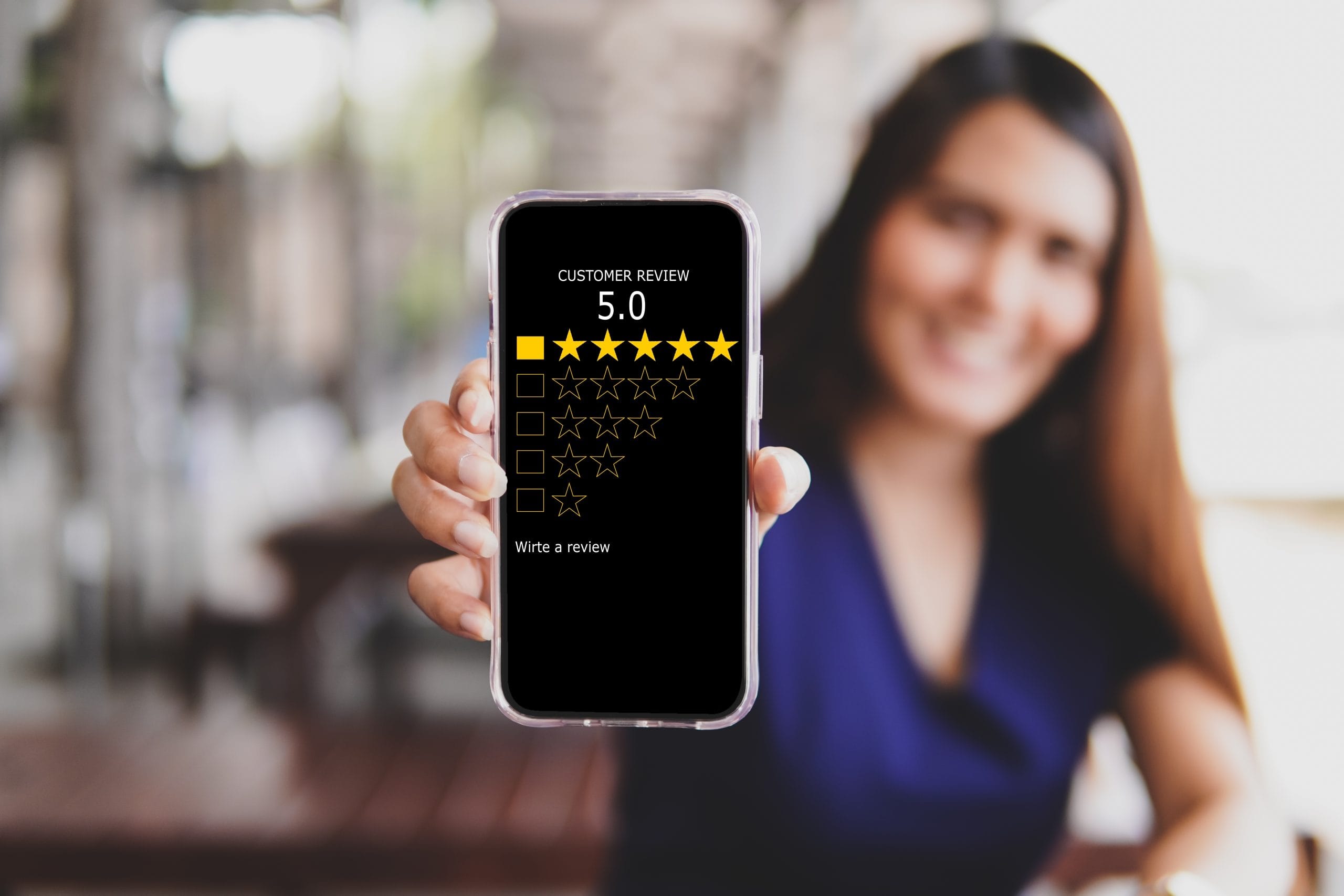


Next-Level Loyalty Programs in the Aviation Industry

Rethinking Loyalty in the Sky
For decades, airline loyalty programs revolved around one simple principle: the more miles you flew, the more rewards you earned. But the aviation industry is now treating loyalty as more than just a retention tactic—it is becoming a core business driver, blending data strategy, customer experience, co-branded partnerships, and tech innovation.
With customer acquisition costs continuing to rise and price competition becoming more intense, airlines are investing in loyalty as a value-generating engine. For entrepreneurs and business leaders, this shift offers a look at how traditional perks are evolving into dynamic ecosystems that generate both revenue and long-term brand connection.
From Perks to Profit Centers
Traditional frequent flyer programs were once simple punch cards in the sky. Today, these programs function more like stand-alone businesses. A prime example is Delta Air Lines, whose SkyMiles program has become a significant contributor to its bottom line. By monetizing miles through partnerships with credit card companies like American Express, Delta generates billions annually while giving customers more ways to accumulate and redeem points.
This model has influenced other carriers to treat loyalty not just as a cost center, but as a high-margin business line. When executed well, these programs encourage brand stickiness and enable airlines to profit from miles redeemed through third-party purchases, hotels, rental cars, and branded experiences—none of which involve flying.

Personalization That Feels Premium
The aviation industry has historically struggled with customer experience, in part due to legacy systems and operational complexity. Loyalty programs offer a way to cut through the friction. By tapping into personal preferences and spending data, airlines can tailor perks and experiences that speak directly to an individual traveler.
Consider how Singapore Airlines personalizes offers for its KrisFlyer members. Using data collected from prior flights, destination preferences, and even onboard meal choices, the airline curates content and rewards that feel highly customized. This level of service helps elevate brand perception, especially among premium travelers.
For companies building loyalty in their own industries, the takeaway is clear: reward systems need to evolve into relationship systems. A customer who feels seen and valued is far more likely to stay loyal over time—even if a competitor offers a lower price.
Expanding Value Through Partnerships
The most effective airline loyalty programs now extend well beyond the airport. Strategic partnerships have opened up entirely new channels for engagement, allowing customers to earn and redeem miles through hotel bookings, dining, rideshare services, retail, and even mortgage payments.
One airline that has pushed these boundaries is Qantas. Through its Qantas Frequent Flyer program, customers can earn points by shopping at Woolworths, fueling up at BP, and staying at Accor Hotels. This not only enhances the customer’s perceived value but also creates an ongoing presence for Qantas in the daily lives of its members.
These arrangements also benefit partners, who gain access to the airline’s customer base. That dynamic is powerful, especially in sectors like banking, retail, and travel tech. Entrepreneurs looking to create similar synergy might consider how their businesses can plug into larger ecosystems—adding value to customers while expanding reach and brand exposure.
Gamification and Engagement Tactics
Gamification is being used to turn occasional flyers into active participants. It is no longer enough to simply award points; the experience of earning and redeeming those points is being redesigned to feel more interactive and entertaining.
JetBlue has used status-matching campaigns and surprise point drops to increase customer participation in its TrueBlue program. Members are encouraged to complete “challenges” such as booking within certain timeframes or exploring new destinations to unlock badges, perks, or tier upgrades.
This tactic works especially well with younger travelers who crave instant feedback and gamified incentives. Loyalty becomes more than a transactional relationship—it becomes a form of digital engagement. For business owners, it is a reminder that creating engagement loops inside your rewards system can dramatically increase stickiness and customer interaction.
Tech Is the Enabler
Behind every modern loyalty program is a robust tech stack—cloud infrastructure, AI-based analytics, CRM integration, and mobile-first interfaces. These tools allow real-time tracking of behavior, personalized offers, and seamless redemption flows across platforms.
Emirates has integrated machine learning into its Skywards loyalty program to offer highly targeted incentives, making the value proposition more relevant to each member. Travelers who frequently book economy might be nudged with a business class upgrade; a passenger with a history of traveling to Europe might get a targeted discount to a new destination within the region.
Tech also enables dynamic pricing of rewards, allowing airlines to tie redemption costs to real-time seat inventory and route demand. This level of agility helps loyalty programs stay profitable while maintaining the illusion of value to the customer.
For startups or growth-stage businesses, the lesson is to think of loyalty as a data-driven product, not just a marketing tactic. The more you can learn about your customer, the more refined and responsive your rewards can be.

Shifting Customer Expectations
Airline loyalty programs are increasingly being judged not by how many perks they offer, but by how accessible and meaningful those perks feel. Elite status used to be a coveted badge of frequent travel. Now, customers want rewards that feel attainable and integrated into their broader lifestyle.
To meet this shift, Alaska Airlines has allowed members of its Mileage Plan to earn status through non-flying activities, including hotel stays and credit card spending. This change reflects how the modern consumer evaluates value: not only by how much they get, but by how seamlessly it fits into their life.
From a business strategy perspective, meeting customers where they already are—financially, behaviorally, and emotionally—makes more sense than trying to force them into a rigid rewards structure.
B2B Loyalty: The Underrated Avenue
While consumer-facing programs get most of the attention, there is a growing trend in the aviation industry toward B2B loyalty programs. Airlines are beginning to recognize the value of rewarding corporate travel managers, travel agencies, and even small businesses that book group or frequent travel.
Lufthansa offers its PartnerPlusBenefit program to reward companies that book travel for their employees. This creates loyalty at the organizational level and influences future purchasing decisions—not just for one traveler, but for entire departments or divisions.
Business owners should consider this model in industries where multiple stakeholders influence purchasing decisions. Building loyalty with those gatekeepers can lead to long-term, repeat business, even when pricing is not the deciding factor.
Closing Remarks
Loyalty programs in the aviation industry have transformed from simplistic mile trackers into sophisticated engines for revenue, data, and customer connection. Airlines are thinking bigger—expanding partnerships, using AI to personalize experiences, creating daily engagement points, and designing for both individual travelers and enterprise clients.
For entrepreneurs and business professionals, this shift is a signal. Loyalty is no longer just about customer retention. It is about building a deeper, tech-enabled, value-rich relationship with your base. The same concepts that are reshaping loyalty at 30,000 feet can be applied to nearly any business on the ground.





